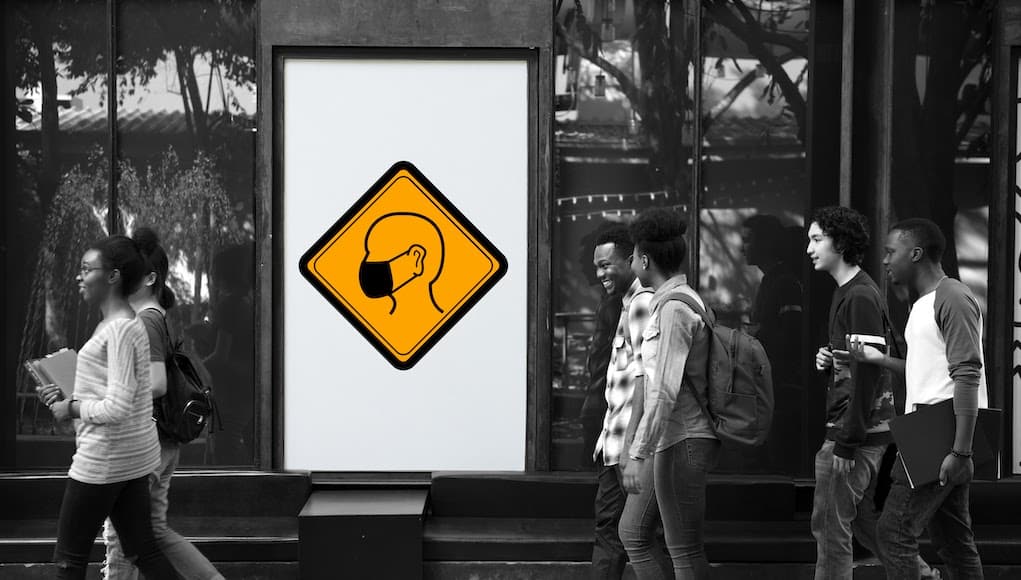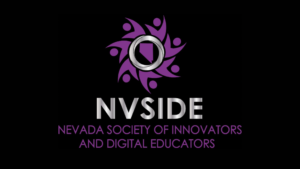The Learning Must Go On

Johnny wakes up groggily at 8:30 am, pours himself some cereal and sits down to eat at the kitchen table. He doesn’t have much time. English class will begin promptly at 9:00 am and he hasn’t even completed the previous night’s assignment. Opening his laptop, he speeds through the teacher’s short mini-lesson on figurative language and begins adding metaphors to his writing piece.
The clock races.
Time’s up. Class is ready to begin.
He joins 28 classmates online via video chat; each of them filling a tiny box on the screen. Virtual English class has officially begun.
Because of the recent outbreak of coronavirus, Johnny, like thousands of other students across China and Hong Kong has been forced to spend the next two months learning entirely online.
But that doesn’t mean his learning stops.
Agile schools with blended and robust learning systems in place have been quick to adapt; shifting content, curriculum, lessons and learning seamlessly to an online platform. For them, it has been business as usual.
For other, less robust and adaptive schools, it has been a slow and painful transition. They have not fostered a culture that allows for such agility.
So what gives? What is unique about the schools that have been able to thrive in this time of uncertainty?
I interviewed six innovative educators spread across six agile schools to discover the answers.
This piece distills their insights down into six distinct traits—both of agile learners and the systems that help create them. I hope they provide you with insights on how you too can foster a culture of agility and adaptability in your classroom or school.
1. There’s More Than One Way to Eat an Elephant.
Agile learners understand that there’s more than one way to solve a problem. Cora Yang of The Harbour School has created a virtual classroom full of problem solvers. To teach game design, she outlines an open-ended task where students create whatever game they like using whatever coding program they choose. And whilst she does teach a few coding commands, it’s up to them to discover the missing pieces on their own. She retells the story of Milo, an agile learner who builds multiple levels and challenges into his game: “When he came across a command he didn’t know, he consulted Youtube. When Youtube proved too difficult, he asked [me] for assistance.” An agile learner herself, Cora knew just how to respond: “Let’s find out together.”
Implications for Practice:
How do you foster a culture of problem seeking and solving in your classroom? Do you provide students with open-ended tasks? Consider presenting students with a challenge or problem that requires a detailed understanding of your curriculum to solve. Develop questions together. In this way, students will see class as less a set of standards and objectives, but as a gateway to better understanding the world they live in.
2. Be Comfortable in the Weird.
Agile learners are comfortable with uncertainty. Trevett Allen of the innovative education program, “Baker and Bloom” creates an environment ripe with uncertainty. He describes the ideal agile learning landscape as being, “Whiteboards on Wheels.” As an art and design/makerspace/curricular integrator himself, he has created an environment that allows for constant tinkering and iteration. He recalls the time one of his students noticed that the wheels under his table only turned one way. Frustrated, he insisted, “I can make them turn in all directions.” Instead of redirecting the student, Trevett asked him to have a try. Wasting no time, the student grabbed some tools, a few friends and got to work. In less than an hour, the table moved in all directions. This same student now runs a robotics business with robots that turn in all directions.
Implications for Practice:
How do you help students feel comfortable with uncertainty? Do you stress the process of learning as much as you do the product? Try creating a space in your classroom to showcase the process with multiple drafts of student work. Don’t be afraid to share some of your work as well.
3. Puzzle Pieces Are Only Pieces Until You Put Them Together.
Agile learners see learning not as a collection of jumbled parts, but instead as a beautiful interconnected puzzle. Levent Erdoğan, a Film Teacher at Delia School of Canada in Hong Kong helps provide students with each missing puzzle piece. He recently assigned a film project that asked students to piece together their own digital stories by combining prior film lessons and techniques. One particularly agile student decided to create a short film centered around a remote that controls his family, combining prior lessons of storyboarding, scriptwriting, special effects, producing, acting and directing flawlessly in producing the final cut. It wasn’t his first experience with this kind of learning. Levent continuously models this process in all projects and tasks he assigns.
Implications for Practice:
How do you help students connect their learning? Consider how you might embed individual lessons inside a larger project or summative task. By continually modeling for students how learning connects, students will develop the ability to see the bigger picture.
4. Curiosity Only Kills Cats.
Rosie Howes creates agile learners by sharing decision making power in her class. Students are free to develop their own learning pathways, address issues, make decisions and choose learning most suitable to their needs. Rosie starts by listening carefully to what students are interested in, provides provocative questions and activities to peak their curiosity, and then lets them take learning where it naturally leads. For example, during one provocation, Rosie asked students to share their ideas for the next class topic. Seeing they were most interested in marine life, she brought in a marine biologist and scheduled excursions to the nearby sea to explore. Students then took it from there. Students as young as six created campaigns to protect sea life, researched innovative ways to protect local ecosystems and organized school-wide demonstrations in support of the Global Climate Strike. Through providing a landscape of shared decision making, Rosie has created a room full of agile and empowered learners.
Implications for Practice:
Do you share decision making in your classroom? How can you make your classroom more democratic? Regular class meetings and circle time are a good starting point.
5. Learning Is Iterative. Perfection Is the Enemy.
Agile learners are as concerned with the process of learning as they are the product. Zach Post, middle school principal of the American International School in Hong Kong has fostered a culture obsessed with process. Each year, his school takes an entire week off the timetable to work across subjects, disciplines and grade levels to address local problems. During these “Project Intensives,” students address problems ranging from excess food waste in the cafeteria to more complex issues of fair housing and climate change. The goal of each project is not to receive the highest mark, but instead to create the most meaningful impact. Zach explains that learning in this way helps break the routine, and creates a risk-free environment that is both iterative and adaptive. Students are agile in transferring the mindsets they gain through these experiences to new situations and scenarios.
Implications for Practice:
How do you create a culture of continual iteration and reflection? Do you showcase the process of learning as much as the product? Consider filling your classroom with prototypes, sketches and unfinished pieces of work. Ask students to reflect on their learning each step of the way.
6. All Learning Is SOCIAL
If you walked into Laura Rogers’ classroom on any given day, you would struggle to find her. In one corner two students sit knee to knee, chatting excitedly about scenes to add to their fictional stories; in another, a boy hunches over his blank sheet of paper, carefully illustrating the villain for his narrative; in the middle, three girls exchange papers and make edits in the margins. Laura Rogers sits cross-legged on a small rug, leaning forward to hear a boy share aloud his story on a secret set of keys. Laura has created an environment where anyone can be a teacher. She explains that all learning in her classroom is social and shareable. Learners are given daily opportunities to share their work with peers, the teacher, or a public audience. In this way, they become more agile and adaptable, improving their work through each successive conversation.
Implications/Questions for Practice
How do you make learning social and shareable? What routines might you establish that allow for regular feedback and reflection?
In Closing
It shouldn’t take a global pandemic like the coronavirus for us to re-think how we teach and learn. In 2020, learning can happen anytime, anywhere. Agile learners and schools know this best. They see learning not as confined to a physical place or school building, but rather as a set of mindsets that allow for constant iteration, tinkering and adaptation.
As educators, we must continue to provide the appropriate landscape.
Let’s hope the coronavirus outbreak is contained soon. But if it isn’t, we know how to adapt.
Stay in-the-know with innovations in learning by signing up for the weekly Smart Update.







0 Comments
Leave a Comment
Your email address will not be published. All fields are required.